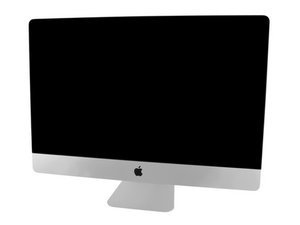Updated Upgrades for hard drives and CPU
Hi everyone,
I’ve read through questions and answers for these upgrades, but I feel that the responses are outdated and many people have had long term experiences and reliability I’d like to know of. Thanks in advance to any help.
I bought a used 2017 iMac 27” i5 with 40gb of RAM a month ago and need to upgrade my hard drive space and would really like to increase my read and write speeds. My 2012 Macbook Pro i7 with a 500gb hard drive is faster than my iMac. I currently have the 2TB hard drive and have about 250GB of space left. Most of my data is pictures and I need room for future storage as well, so I’d want a total of at least 4TB.
Should I upgrade either the SATA to a SSD 4TB (Samsung SSD 860 EVO 4TB) or increase my blade HD or both? I’ve seen that upgrading just the SATA to SSD seems to give very good read and write increases, but I’d prefer to do everything at once rather than reopen my iMac to do another upgrade. Another idea I had was to upgrade the SATA and put my Macbook Pro blade SSD in my iMac and upgrade my Macbook Pro blade SSD to a 1TB. I feel that I’d need a walkthrough on upgrading any blade SSD as I don’t have a PC and prefer not to purchase products for one time use to upgrade (such as an enclosure to prepare the blade SSD) unless the benefits are good.
I’m not really interested in upgrading my CPU as I feel 3.8GHz is plenty for me, unless someone has a good argument.
Again, thank you to everyone in advance for any help!
Is dit een goede vraag?



 35
35  329
329  971
971